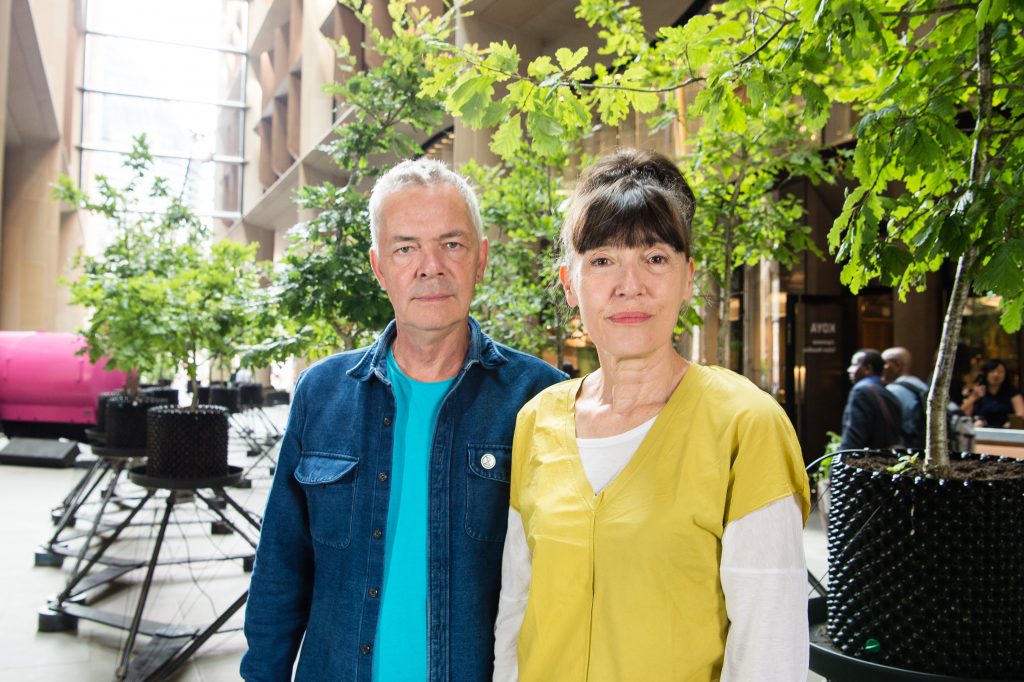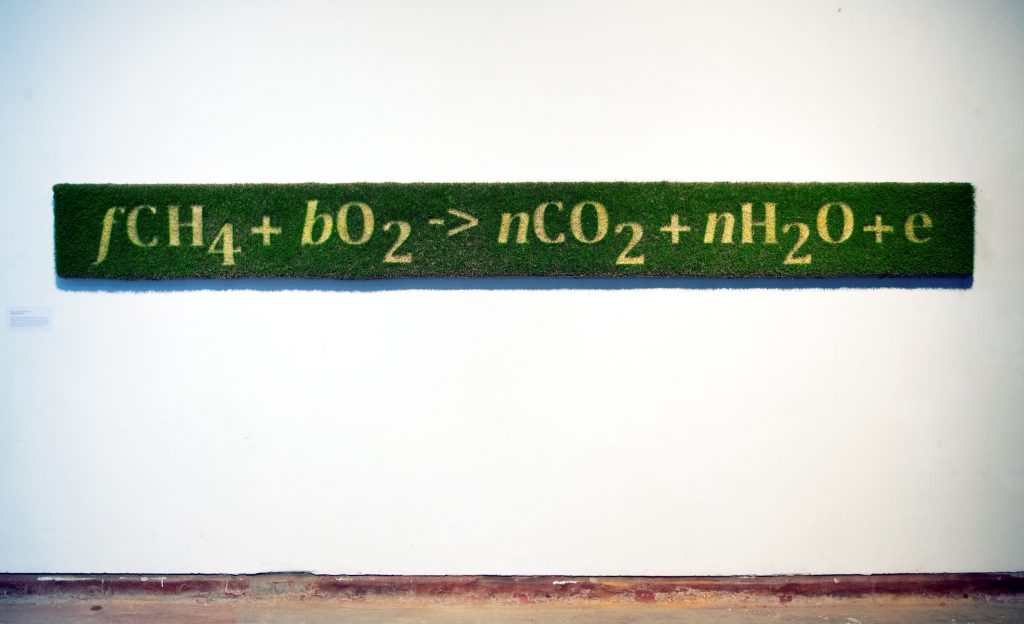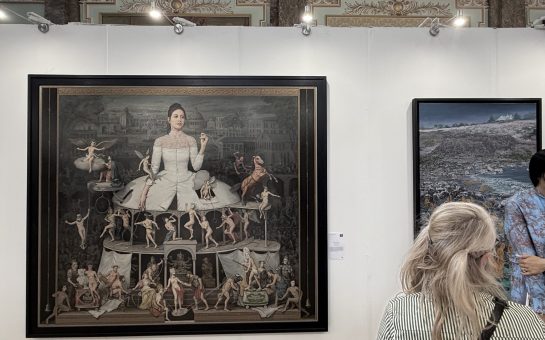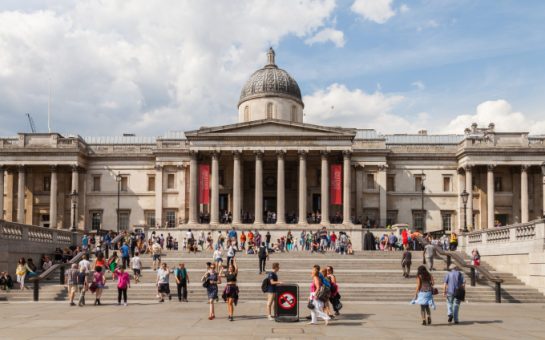A Twickenham-based art gallery exhibition is hosting two internationally award-winning artists to present solutions to the climate crisis with time-transient, ecological artwork which will last for generations.
The ‘Remember the Future’ exhibition by Orleans House Gallery in Twickenham seeks to address ‘the ecological crisis of our time’ through participatory research work by five resident artists and artist-partnerships: transforming our damaged relationship with nature.
Jocelyn Cheek, arts officer at Orleans House Gallery, said: “Artists can play a significant role in working out solutions to the climate crisis, because work that’s rooted in the arts is all about connection and storytelling.
“What’s different about this exhibition is that we aren’t presenting a series of finished products. They’re based in kind of scientific questions, but they are going to be answered in kind of creative and artistic ways.”
Heather Ackroyd and Dan Harvey, renowned visual artists who employ environmental activism in their work, have opened the exhibition with work which interrogates our relationship with time and is centred around a Cedar of Lebanon tree in the gallery grounds.

Credit: Jeff Spicer/Getty Images for Bloomberg, Orleans House Gallery
Their artistic process examines ecocide and the destruction of ecosystems with the intention of provoking thought as to how this can be prevented.
Their work with the Cedar of Lebanon tree in the grounds intends to raise questions as to how we can protect our environment with everyday action, through use of myth and storytelling.
Ackroyd said: “The Cedar of Lebanon tree carries a much deeper story. The sacred cedar forests were written about in cuneiform in the Epic of Gilgamesh, on Sumerian tablets that are held in the British Museum.
“As political ideologies are flipped, you demonise what is sacred. This is the first written account of ecocide.”
In the Epic of Gilgamesh, warriors are sent into a sacred forest, where they kill a forest demon who is protecting their habitat.

Ackroyd added: “Our speculation here is that that wound has never been forgotten, that there was a wretched violence acted against people who disregarded trees and water and soil and animals as they were kin. It was part of their kindred being.
“You can enact brutality quite rapidly, but it can take a long while to plant the occupation. We’re seeing it now with what Jair Bolsonaro is doing in Brazil. He’s enacting atrocities on indigenous people and cutting down forests.”
Harvey said: “What we should be doing is the complete opposite: listening to the indigenous people who have learnt to live with nature, respected and balanced.”
The Cedar of Lebanon tree project concerns an exploration of what the tree remembers, as the tree in Orleans House Gallery garden is much older than the 18th century building.
A non-native species from the Middle East, the tree carries a weight of cultural and heritage implications.
Harvey added: “Both Heather and I have been involved with Extinction Rebellion. Certain artists of calibre wouldn’t take on the civil disobedience, although completely nonviolent civil disobedience. We are at a point where if things don’t change, we’re in trouble.”
The artist duo have been in a relationship for many years, with a history of exhibitions and residencies all over the world.
Ackroyd said: “At the point that Dan and I met, we discovered the beginnings of what became a photosynthesis. There was alchemy at work in a way. We had such a spirit of adventure and we were falling in love.”
The duo are known for their organic process using natural materials which permeate and transition over time.
Ackroyd said: “We’ve done a lot of work with grasses. From having a batch of dry seed, introducing water to it, making sure it stays moist: within four to seven or eight days that seeds will germinate.
“We sometimes do refer to it as a perverse horticulture.”
Jocelyn Cheek said that the message of the ‘Remember the Future’ exhibition is not to focus on the climate crisis as a reinforcement of negativity, but to translate those exhibition experiences into practical, meaningful differences of behaviour.
She said: “Visitors might go home and think about trees in the garden environments around their offices, the day to day experiences of nature, what they can do to feel more connected to the environment: that’s what we want to that’s what we want people to take away.
“It’s not the gallery as a separate thing, it is very much part of the ecosystem.”
‘Remember the Future’ is the first exhibition in Orleans House Gallery’s three-year ecological project, ‘Cultural Foresting’ and runs until 14th November 2021.




